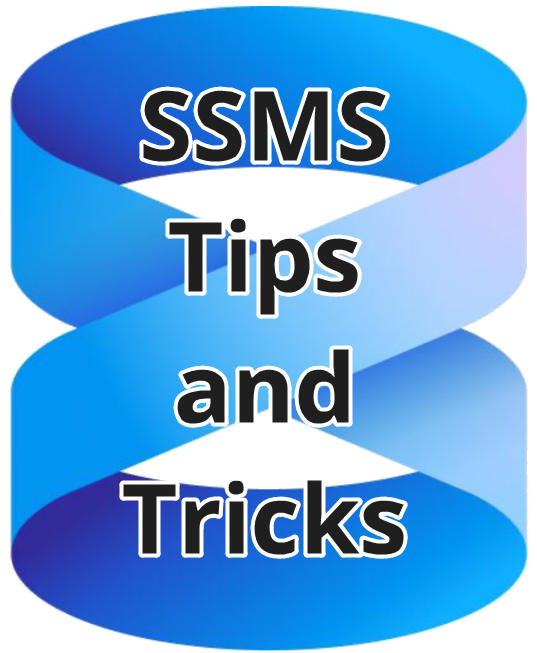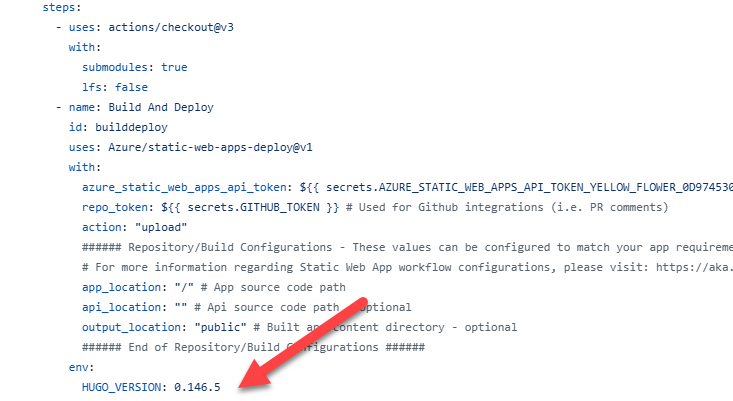
SQL Interview: 55 Nested Transactions
This is a post in the SQL Interview series. These aren’t trick or gotcha questions, they’re just questions designed to scope out a candidate’s knowledge around SQL Server and Azure SQL Database.
Section: Administration Level: Medium
Question:
You have code that uses transactions.
There is an outer transaction that contains an inner transaction.
If the inner transaction code executes a ROLLBACK, what is rolled back? Is it the inner transaction, the outer transaction, or both?
2025-06-13







